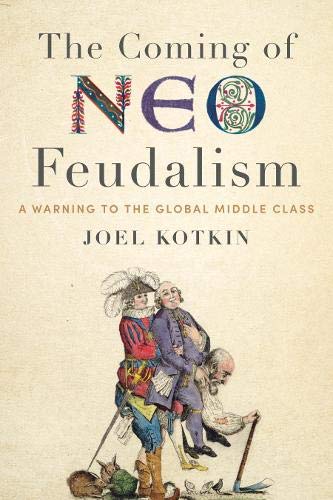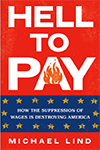On September 7, 2001, a Friday, the communications staff of New York City Mayor Rudolph Giuliani gathered to plan for the week ahead. I had joined the Giuliani administration the previous April as a speechwriter, one of three on the mayor’s staff.
The biggest event on the schedule was the primary election on Tuesday, September 11, when New Yorkers would choose each party’s nominee to succeed Giuliani. The mayor would be casting his own ballot at Public School 66 on East 88th Street at 7 a.m., followed by a fairly routine round of staff meetings. read more »




















